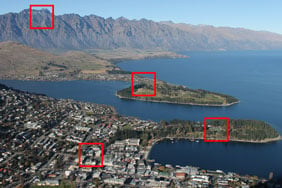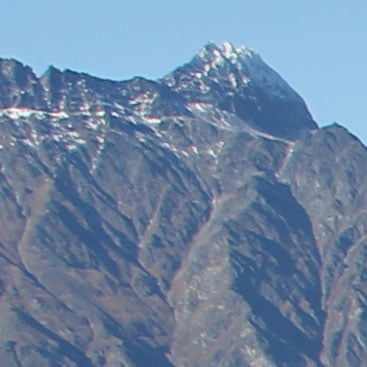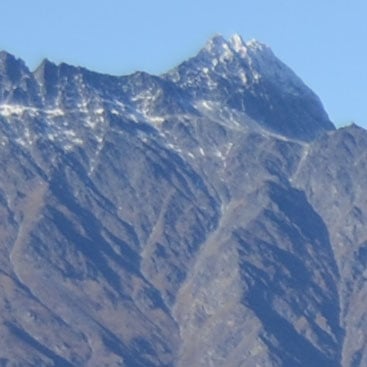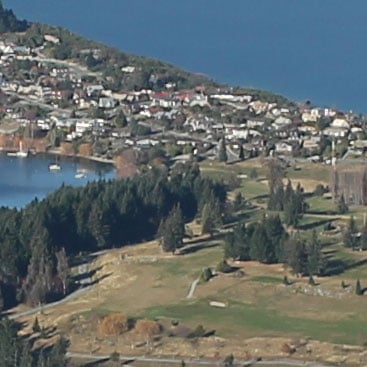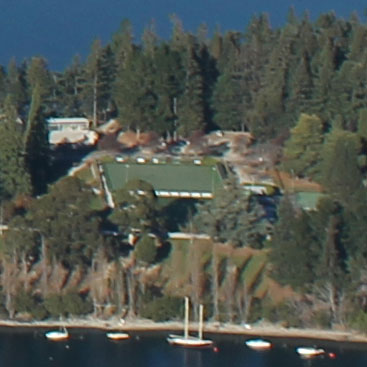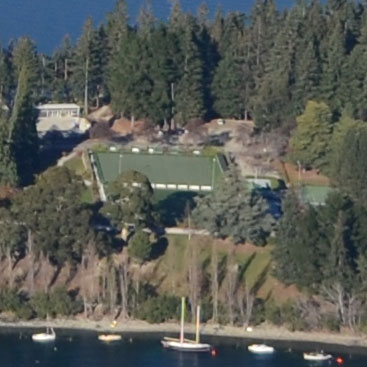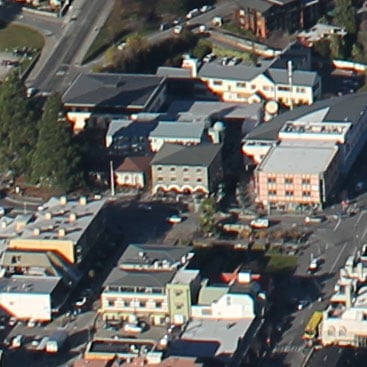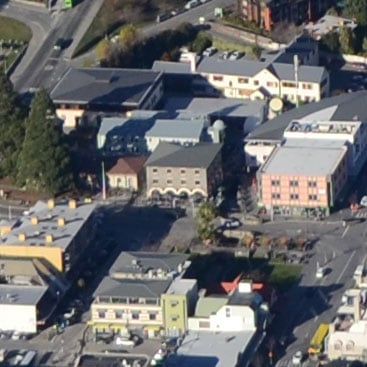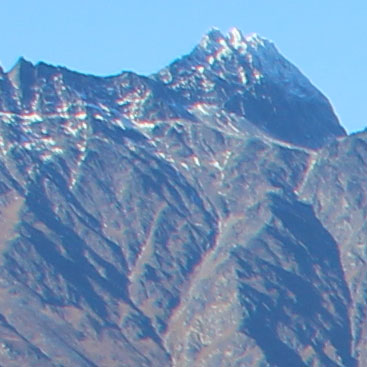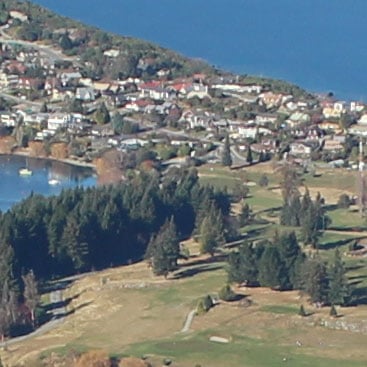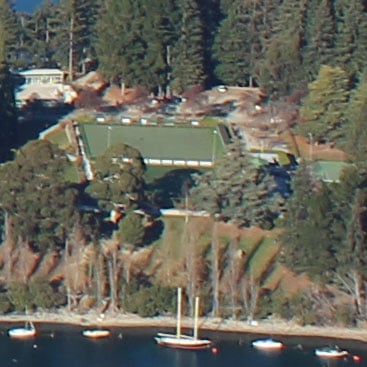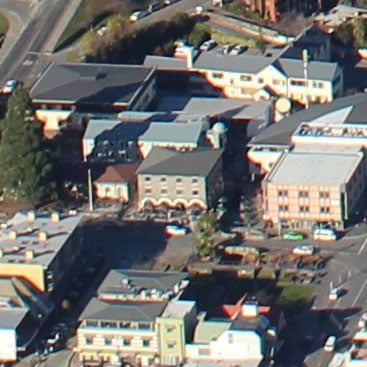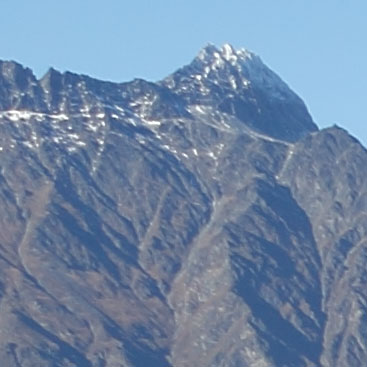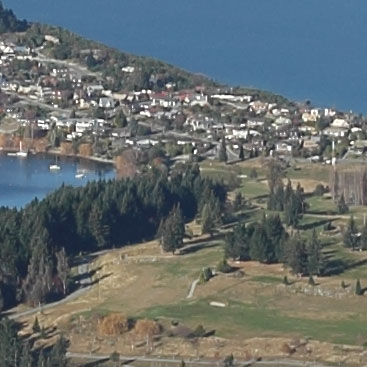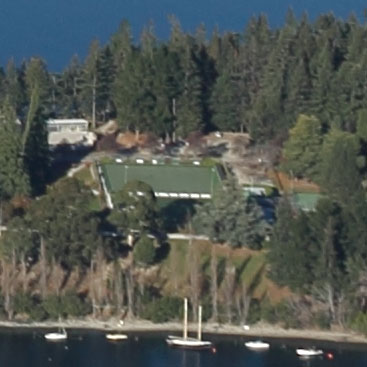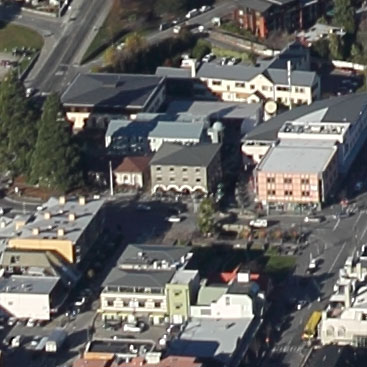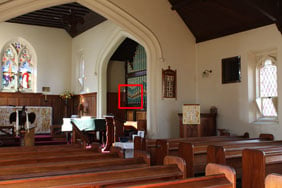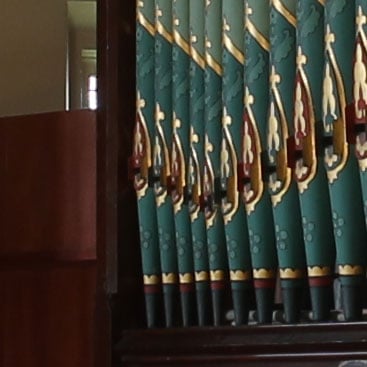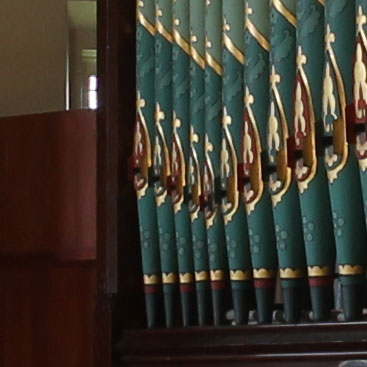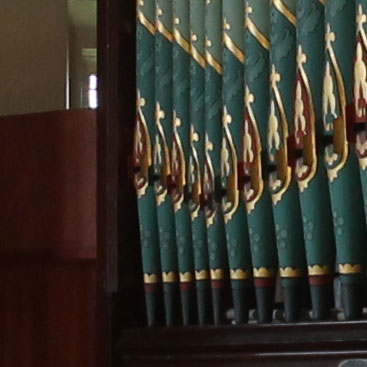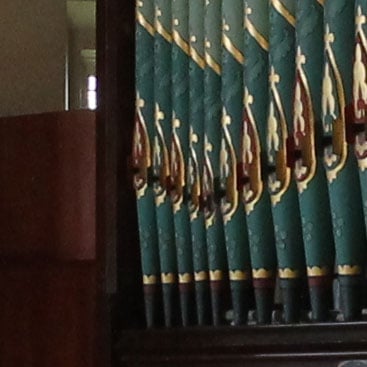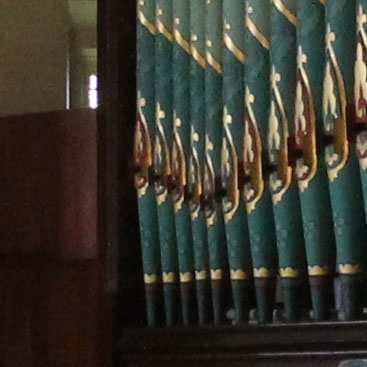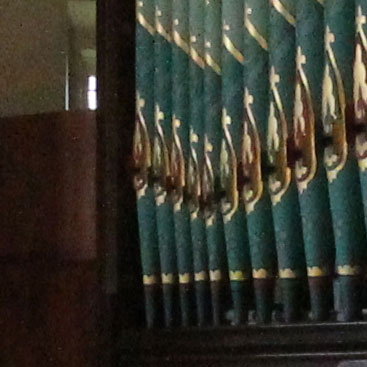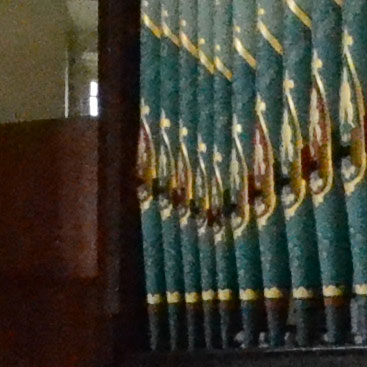Canon EOS Rebel T3 / 1100D
-
-
Written by Gordon Laing
Quality
Canon EOS Rebel T3 / 1100D vs Nikon D3100 Real-life resolution (default settings)
There’s a two Megapixel difference between the Canon T3 / 1100D and Nikon D3100, in the latter’s favour, but look closely across all four rows of crops and there’s no real resolution benefit. There are noticeable differences between the photos from each camera, but these are more down to image processing style and the optical quality of their respective kit lenses. Starting with the first row of crops, the most obvious differences are crisper details on the Canon, albeit accompanied by some coloured fringing in high contrast areas. The D3100, like most recent Nikon DSLRs, corrects coloured fringing on in-camera JPEGs automatically, delivering cleaner-looking results. Sadly none of Canon’s DSLRs offer this capability, and while fringing can be effectively removed, you’ll have to do it after the event on RAW files processed with your computer; you can see an example of this on my JPEG vs RAW results page. Moving down to the second row of crops, the difference in their default image processing strategies become really apparent: the Canon is clearly applying greater sharpening and contrast than the Nikon, delivering a punchier result, albeit one which is arguably a tad over-cooked. In contrast the D3100 comes across as quite laid-back, but arguably more natural-looking. Neither is necessarily better though – it all boils down to personal preference, and both can of course be adjusted to deliver punchier or softer results. Despite stronger processing, the Canon looks much softer than the Nikon in the third row of crops; this is due to their respective kit lenses, with the D3100’s clearly out-performing the Canon here. You’ll also see evidence of more fringing on the Canon sample here. On the final row of crops, there’s again no apparent benefit to the two extra Megapixels of the D3100, but look closely and the Canon image is marred by coloured fringing around certain subjects. Ultimately while there’s no discernable benefit to the D3100’s extra pair of Megapixels, its in-camera reduction of fringing along with more uniform performance from its kit lens across the frame, delivers a preferred result. But if you’re not pixel-peeping, or better still are using a better lens on the Canon and removing fringing from RAW files later, then there’s little if any difference between these two rivals in potential image quality. Now let’s see how it compares against the next model up in the range, sporting 50% more Megapixels: Canon EOS T3 / 1100D vs EOS T3i / 600D quality.
|
EOS T3 / 1100D results : T3 / 1100D vs D3100 res / T3 / 1100D vs T3i / 600D res / T3 / 1100D RAW vs JPEG / T3 / 1100D vs D3100 Noise
Canon EOS Rebel T3 / 1100D3 vs T3i / 600D Real-life resolution (default settings)
On this second results page I’ve compared the EOS T3 / 1100D against the next model up in Canon’s DSLR range, the EOS T3i / 600D. There’s a bigger difference in total Megapixels here than on the previous page: the T3 / 1100D has 12 Megapixels, compared to 18 on the T3i / 600D, giving the latter 50% more pixels in total. Of course this is the total number of pixels on the sensor, and in linear terms, you’re actually only looking at around 20% more pixels horizontally and vertically on the frame – so what does that give you in practice? Looking at the crops below, both cameras share a family resemblance in image processing style, delivering punchier and more contrasty output by default than Nikon, and both also suffer from coloured fringing, which thanks to the higher resolution of the T3i / 600D, now looks larger and more obvious when viewed at 1:1 on-screen. Once again you’ll need to shoot in RAW to easily remove fringing later with software, like the supplied Digital Photo Professional program. In terms of real-life detail, there’s definitely finer details on the T3i / 600D’s crops if you look closely. Tiny windows on houses, branches on trees and parked cars all contain more detail in the crops below if you peer closely enough. But you may have to peer more closely than you thought to spot these differences, which could come as a surprise considering the 50% greater Megapixel count. The T3i / 600D is definitely resolving greater detail, but you’ll need to do a double-take to really see it. Now let’s see what benefit shooting in RAW can have in my T3 / 1100D RAW vs JPEG quality page.
|
EOS T3 / 1100D results : T3 / 1100D vs D3100 res / T3 / 1100D vs T3i / 600D res / T3 / 1100D RAW vs JPEG / T3 / 1100D vs D3100 Noise
Canon EOS Rebel T3 / 1100D Real-life resolution, RAW vs JPEG
I processed the RAW file from the T3 / 1100D with Canon’s supplied Digital Photo Professional 3.10.0.0 software, using the default settings (Unsharp Mask 3 / 7 / 1). The only change I made was to select Chromatic Aberration correction in the lens section. The impact of the Chromatic Aberration reduction is immediately apparent, with the RAW conversion delivering a much cleaner-looking result, bereft of the coloured fringing which plagued the in-camera JPEG around areas of high contrast. As to the actual detail, sharpness and contrast, the two files look pretty similar. There’s arguably a small edge to the converted RAW file, thanks no doubt to its more refined Unsharp mask process, but otherwise the two images aren’t a world-apart. As always, the benefit of shooting RAW is the ease with which you can apply and change settings like the White Balance, not to mention retrieving greater tonal detail, but using the default settings on Digital Photo Professional with the T3 / 1100D won’t yield significant differences over in-camera JPEGs. If you only make one change though, tick the box to enable correction of Chromatic Aberrations – in images like these, it’s one of the best reasons for shooting RAW. Okay, that’s enough for the outdoor test composition now: let’s move on and check out the High ISO performance in my T3 / 1100D vs D3100 noise results.
|
EOS T3 / 1100D results : T3 / 1100D vs D3100 res / T3 / 1100D vs T3i / 600D res / T3 / 1100D RAW vs JPEG / T3 / 1100D vs D3100 Noise
Canon EOS Rebel T3 / 1100D vs Nikon D3100 High ISO Noise (JPEGs using default settings)
The image above was taken with the Canon T3 / 1100D at 100 ISO with an exposure of one second and the lens set to 27mm f8; the original Large Fine JPEG measured 3.58MB. The crops below are taken from the area marked with a red square and presented here at 100%. After the previous results pages, it’s worth reminding ourselves we’re comparing the Canon T3 / 1100D against its main rival here, the Nikon D3100 which enjoys two extra Megapixels, hence delivering a slightly smaller area in its crops. The first thing to note is both cameras shared exactly the same exposures here, so the slightly brighter output from the D3100 implies a slightly greater actual sensitivity for identical ISO values. That said, some of the darkening you see on the Canon crops is down to the camera applying greater contrast by default than the Nikon, and this, along with slightly higher sharpening is resulting in crops which look a little punchier. With both cameras set to 100 ISO, the crops are of course very clean, but at 200 ISO, pixel-peepers may begin to notice the slightest evidence of noise textures on the D3100 crop, which becomes more apparent at 400 ISO. Looking ‘through’ the textures reveals the Canon is applying greater noise suppression than the Nikon, for fewer textures, albeit at the cost of the occasional unnatural-looking splotch. In contrast, the Nikon is being fairly laid-back about eliminat8ing noise and allowing a fine, but natural-looking, texture become more apparent as the ISO value is increased. Again, which is better is down to personal preference. Personally-speaking I think the Canon T3 / 1100D enjoys a minor edge over the Nikon D3100 at the highest ISOs, between 1600 and 6400 ISO, but it is a small difference and up to that point there’s really not much between them. I certainly wouldn’t choose one model over the other in terms of noise performance alone. Now check out my Canon T3 / 1100D sample images to view and download more examples throughout its ISO range, or if you’ve seen enough, head straight to my verdict!
|
EOS T3 / 1100D results : T3 / 1100D vs D3100 res / T3 / 1100D vs T3i / 600D res / T3 / 1100D RAW vs JPEG / T3 / 1100D vs D3100 Noise
